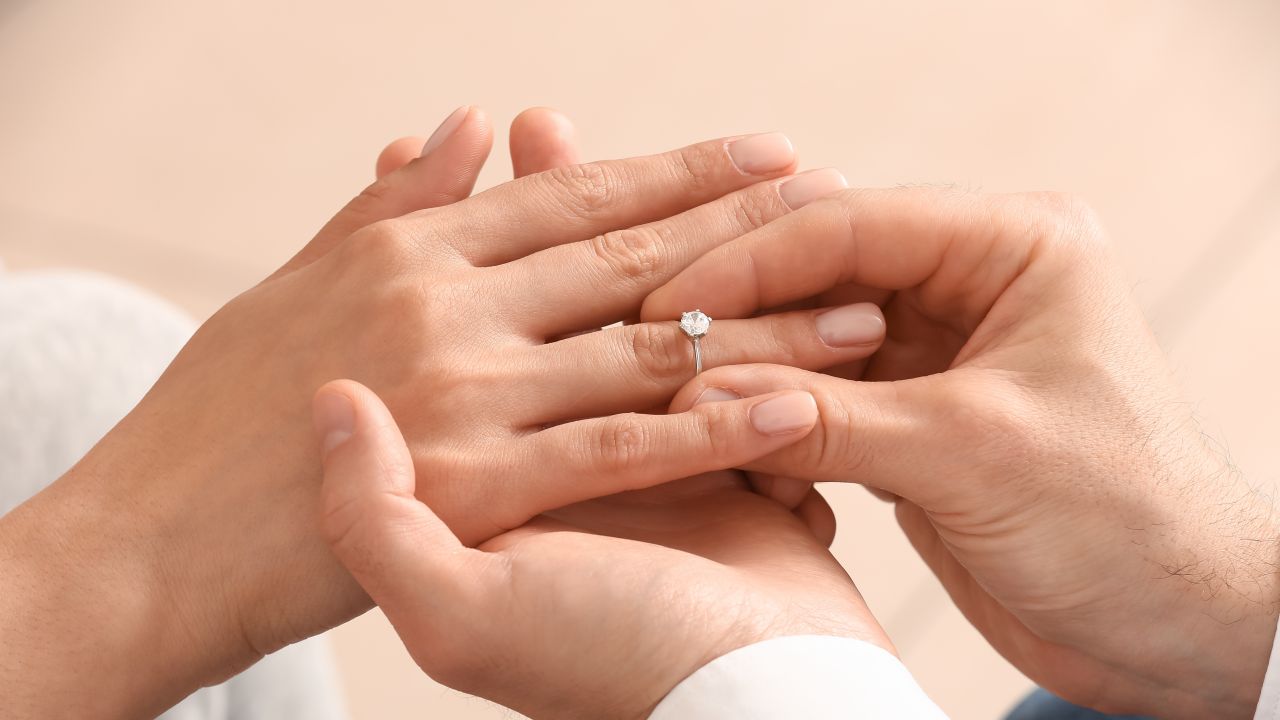Introduction to Lab Diamonds
In recent years, lab diamonds have emerged as a compelling alternative to natural diamonds, offering ethical, sustainable, and often more affordable options for consumers. This article explores everything you need to know about lab diamonds, from their creation process to how they compare with natural diamonds and more.
What are Lab Diamonds
Lab diamonds, also known as synthetic or cultured diamonds diamante laboratorio, are diamonds that are grown in highly controlled laboratory environments rather than mined from the earth. Despite their synthetic origin, lab diamonds possess the same chemical composition and crystal structure as natural diamonds, making them indistinguishable to the naked eye.
How Lab Diamonds are Created
The process of creating lab diamonds involves replicating the conditions in which natural diamonds form deep within the Earth’s mantle. Carbon atoms are arranged in a crystal lattice structure under high temperature and pressure, mimicking the natural growth process over weeks to months.
Comparison: Lab Diamonds vs. Natural Diamonds
While natural diamonds are formed over millions of years under extreme geological conditions, lab diamonds are created within a significantly shorter timeframe using advanced technology. Both types share identical physical and chemical properties, but their origins and environmental impacts differ greatly.
Advantages of Choosing Lab Diamonds
Opting for a lab diamond comes with several advantages. They are conflict-free and do not contribute to environmental degradation associated with diamond mining. Additionally, lab diamonds are often priced lower than their natural counterparts, making them accessible to a broader range of consumers.
Quality and Characteristics of Lab Diamonds
Lab diamonds are graded using the same 4Cs criteria—cut, color, clarity, and carat—as natural diamonds. They are available in a wide range of qualities and sizes, ensuring there’s a lab diamond to suit every taste and budget.
Popular Brands and Suppliers
Several reputable brands and suppliers specialize in lab-created diamonds, offering consumers a variety of options in terms of design, customization, and certification. Popular choices include [Brand A], [Brand B], and [Brand C], known for their commitment to quality and craftsmanship.
Ethical and Environmental Considerations
One of the most significant advantages of lab diamonds is their ethical and environmental credentials. Unlike natural diamonds, which can be associated with issues like forced labor and environmental degradation, lab diamonds are produced sustainably and ethically.
Cost Factors: Are Lab Diamonds Affordable?
Cost-wise, lab diamonds tend to be more affordable than natural diamonds of comparable quality. This affordability stems from their controlled production process and the lack of mining-related expenses, making them an attractive option for budget-conscious consumers.
Certifications and Grading Standards
To ensure transparency and quality assurance, lab diamonds are graded and certified by reputable gemological laboratories such as GIA (Gemological Institute of America) and IGI (International Gemological Institute). These certifications provide buyers with confidence in their purchase and details about the diamond’s characteristics.
Lab grown diamonds, also known as synthetic diamonds or cultured diamonds, are created through advanced technological processes that replicate the natural conditions under which diamonds form in the Earth’s mantle.
Buying Guide: How to Choose a Lab Diamond
When purchasing a lab diamond, consider factors such as cut quality, color preference, clarity characteristics, and carat weight. Understanding these aspects will help you select a diamond that meets your aesthetic preferences and budget constraints.
Caring for Your Lab Diamond
Proper care and maintenance are essential to preserving the beauty and brilliance of your lab diamond. Regular cleaning using mild detergent and a soft brush, along with professional inspections, will ensure your diamond remains sparkling for years to come.
Myths and Misconceptions
There are several myths surrounding lab diamonds, such as concerns about their durability or brilliance compared to natural diamonds. In reality, lab diamonds exhibit the same physical properties and durability as natural diamonds, dispelling misconceptions about their quality.
Customer Reviews and Experiences
Feedback from customers who have purchased and worn lab diamonds often highlights their satisfaction with the diamond’s quality, value, and ethical considerations. Real-life experiences provide valuable insights for potential buyers considering a lab diamond for their jewelry.
Conclusion: The Future of Lab Diamonds
As technology advances and consumer preferences shift towards sustainable and ethical choices, the future looks bright for lab diamonds. Their combination of beauty, affordability, and ethical sourcing makes them a compelling option for anyone looking to adorn themselves with a timeless symbol of love and commitment.








